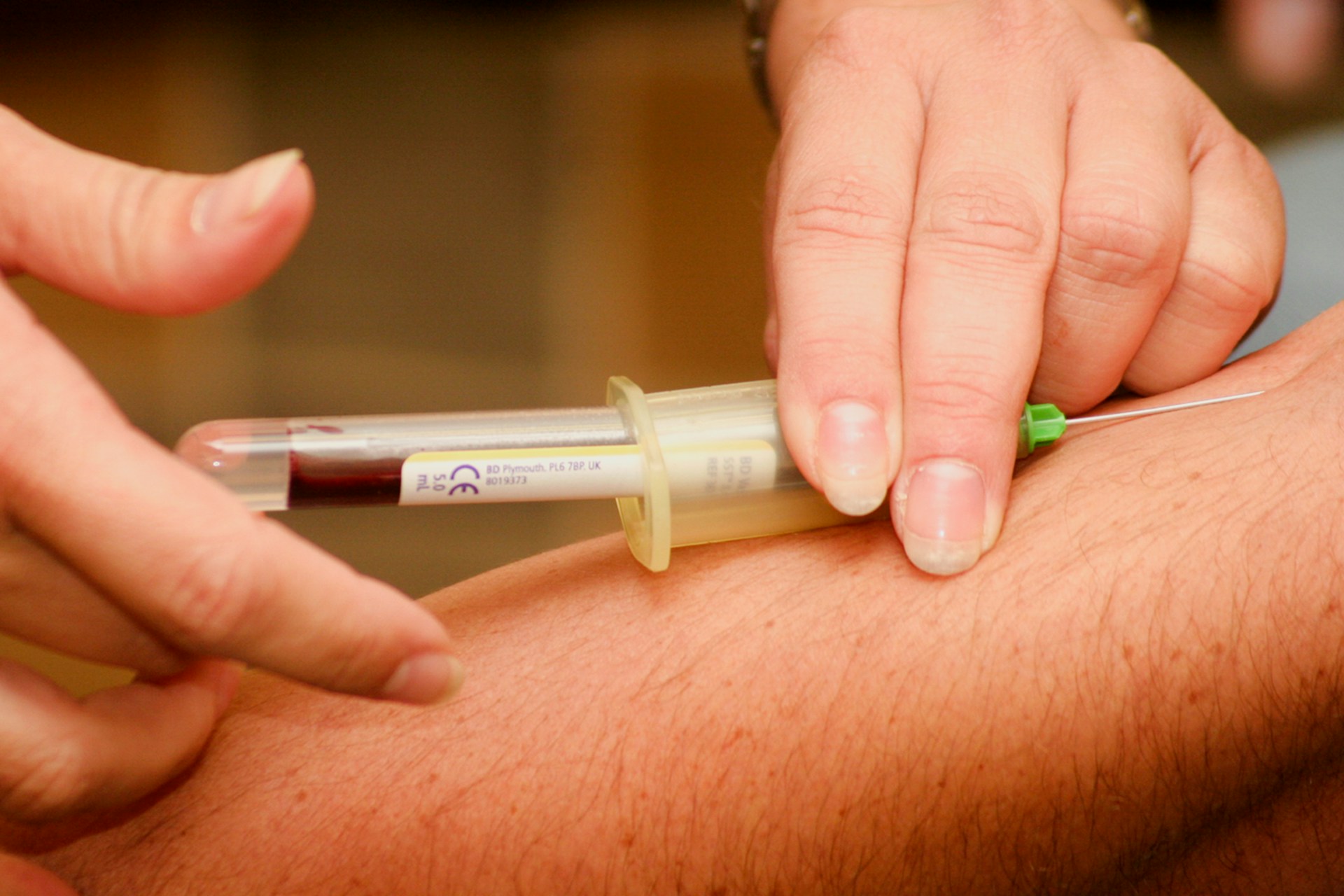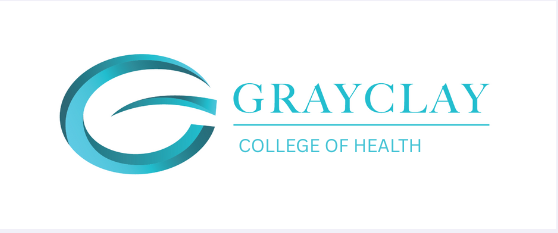Signs of a Collapsed Vein During Blood Collection

Blood collection is a common clinical skill, but it can come with challenges, especially when veins don't respond as expected. A collapsed vein is one of those situations that can change a routine procedure into a more complex task. It happens when the vein walls cave in or become temporarily blocked, interrupting blood flow and making it harder to draw blood. Recognising what’s happening and acting quickly can help reduce discomfort for the patient and keep the procedure on track.
Spotting the signs of a collapsed vein during venous blood collection matters not just for the success of the draw but also for respecting the patient's experience. Patients may feel anxiety, worry or even pain when a collapse occurs. For practitioners, knowing the warning signs early builds confidence and helps avoid complications. Whether you’re just learning or brushing up on your skills, recognising these signs is key to safe and efficient practice.
Common Causes Of Vein Collapse
Several things can cause a vein to collapse during blood collection. While it's not always possible to predict, a basic understanding of what leads to it can help you avoid the more common pitfalls.
Here are some typical causes:
- Poor technique: Incorrect needle angle, repeated probing or failure to anchor the vein can weaken the vessel wall. If a needle is pushed too hard or moved around after insertion, it can damage the lining of the vein and lead to a collapse.
- Dehydration: If the patient hasn't had enough fluid, their veins may be smaller and harder to locate. Dry veins are less elastic and more likely to collapse under pressure.
- Vein fatigue or damage: Repeated venous access in a short period can cause irritation or inflammation. Over time, that area becomes more fragile.
- Using a vacuum that’s too strong: Some collection systems pull too hard, causing pressure that smaller veins can't handle.
Each of these factors alone can make a difference, but when combined, the risk increases. For instance, imagine working with a patient who is both dehydrated and anxious. Their veins may be already constricted, and if the proper technique isn’t used, things can go wrong fairly quickly. This is why being calm and confident is as important as being technically skilled.
Learning from experience and staying mindful of the vein’s condition before, during and after the procedure can go a long way in preventing complications.
Identifying Early Warning Signs
Spotting a collapsed vein isn’t always instant, but there are some signs that can bring your attention to it right away. The quicker you’re able to observe what’s going on, the easier it is to manage the situation without stress for both you and the patient.
Look out for:
- Increased resistance while inserting the needle – If you're having to force it or feel like it's getting stuck, back off and reassess.
- Sudden stop in blood flow – A quick halt in blood even though the needle hasn't moved likely suggests vein collapse.
- The vein flattens or disappears – This can happen around the insertion site and is usually easy to feel if not see.
- Sharp pain or a burning sensation reported by the patient – Discomfort beyond a light sting could mean the vein is under distress.
- Bruising or swelling develops faster than usual – This could be due to blood leaking outside the vessel into the tissue.
Most health workers will come across a collapsed vein at some point. Recognising these signs quickly means you’re less likely to panic and more able to switch to a backup plan. It’s part of building reliability and trust during venous blood collection. It's also a good indicator that more training or a refresher may be worthwhile, especially if these situations are becoming frequent.
Preventive Measures And Best Practices
Preventing a collapsed vein during blood collection takes a mix of good technique, the right tools and patient preparation. It helps to start by ensuring that the room is well-prepared, with the necessary equipment ready for use. Double-checking equipment beforehand saves time and can prevent unnecessary pressure on both patient and professional.
There are a few things to keep in mind:
- Prepare the patient properly. Make sure they’re hydrated before the procedure. Encouraging them to drink water a few hours ahead improves vein visibility and elasticity. Calm the patient's nerves by explaining what you plan to do, step by step.
- Choose the correct gauge needle. Sometimes, the smaller the needle, the less likely it is to cause damage to the vein, particularly with patients who have delicate veins.
- Secure the vein with your hand by anchoring it to prevent it from moving when the needle is inserted. A well-anchored vein is less likely to collapse.
- Pay attention to the angle and depth of the needle. Ensuring that the needle is inserted at an optimal angle goes a long way in reducing pressure on the vein.
- Be attentive during the procedure. Watch the flow of blood and listen for any signs of pain from the patient. Quick reactions can prevent further complications.
Handling A Collapsed Vein
Even with the best preparation, a vein might still collapse during blood collection. Knowing how to respond can make all the difference in easing patient discomfort and achieving a successful procedure.
If you notice a vein collapsing:
- Stop immediately. Don’t attempt to continue with the current vein. It's important to protect it from further damage.
- Reassure the patient. Explain the situation calmly. Acknowledge any discomfort they may feel and let them know that it's manageable.
- Select an alternative site. Look for another suitable vein. Often, this means choosing a larger one, like those found in the other arm or near the hand.
- Apply a cold compress. This can reduce swelling and bruising. Though it’s not always necessary, it can help soothe the area for the patient.
- Document the incident. Record what happened and the steps taken. It helps in future reference and understanding how to notify other professionals if necessary.
Empowering Your Skills For Better Outcomes
Developing your skills is key to handling difficult situations like a collapsed vein with ease. Regular training and education can keep you on top of best practices. Courses like the Venous Blood Collection Skill Set (HLTSS00059) offer comprehensive insights and techniques that arm you with the knowledge to perform with confidence. Whether you’re new to blood collection or looking to refresh your skills, this type of structured learning makes you better equipped to handle whatever comes your way.
Engagement in ongoing education supports continuous improvement. As procedures and technologies evolve, staying informed ensures that you deliver the safest and most effective care possible. By honing these skills, you can provide excellent support and develop your expertise in a way that’s both meaningful and rewarding.
Staying Prepared for Every Procedure
Managing and preventing a collapsed vein takes a careful balance of preparation, knowledge and responsiveness. By sticking to the best practices, staying calm under pressure and continuing your education, you’ll have the confidence to handle any challenge that comes your way during blood collection. This level of commitment helps not only your performance but also the patient’s comfort, trust and overall experience. Small improvements in skill can lead to better results, safer sessions and a smoother path in your clinical practice.
Whether you're a seasoned professional or just starting in the field, continuously building your skills is important for confident and effective blood collection. The Venous Blood Collection Skill Set (HLTSS00059) offered by Grayclay is a great way to grow your knowledge and improve your technique. Learn more about venous blood collection to help you feel more capable and deliver better care with every draw.



